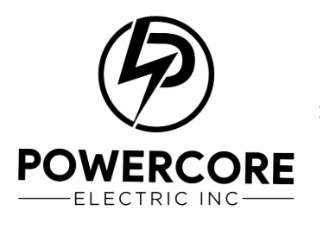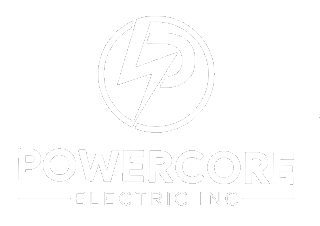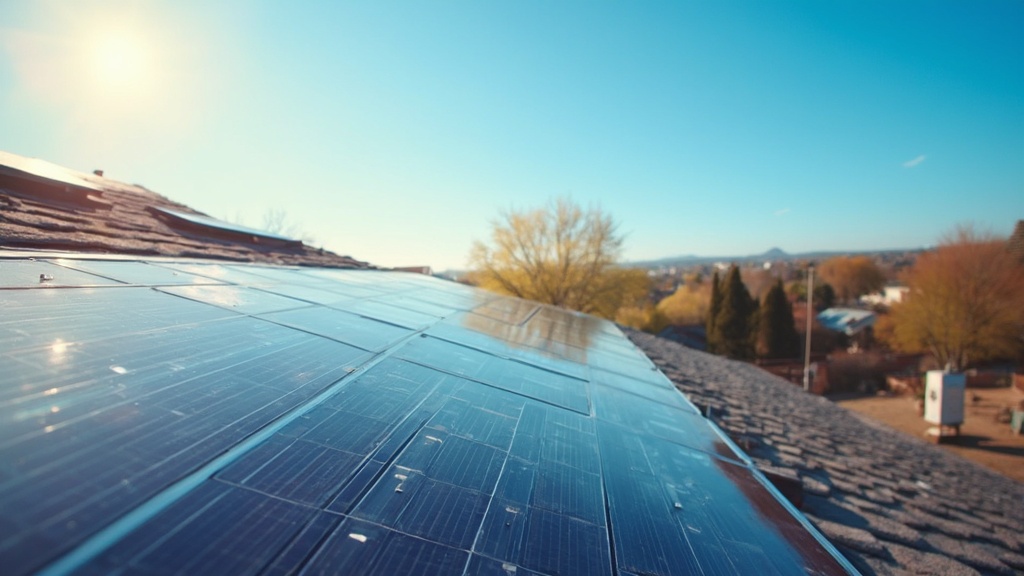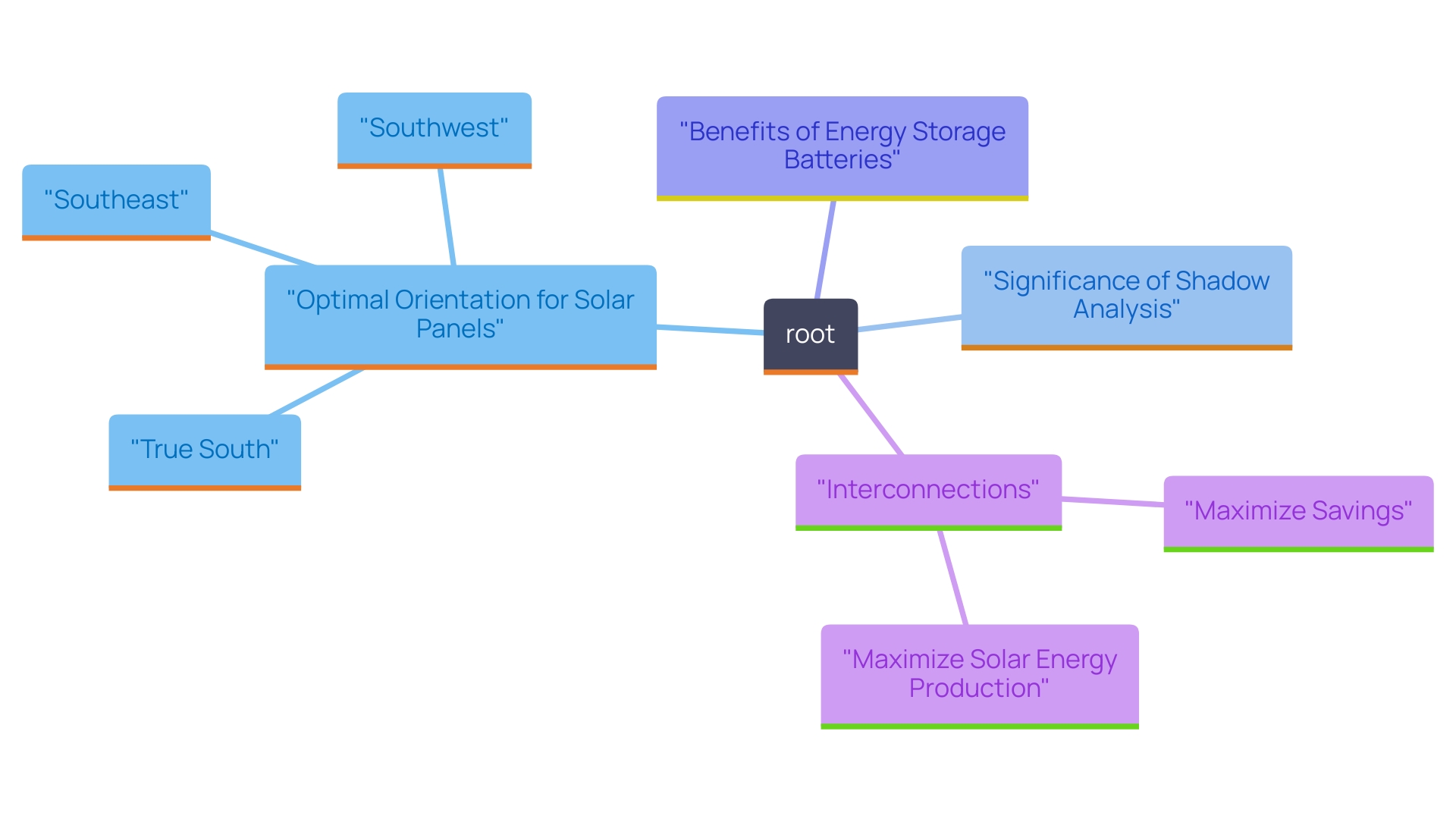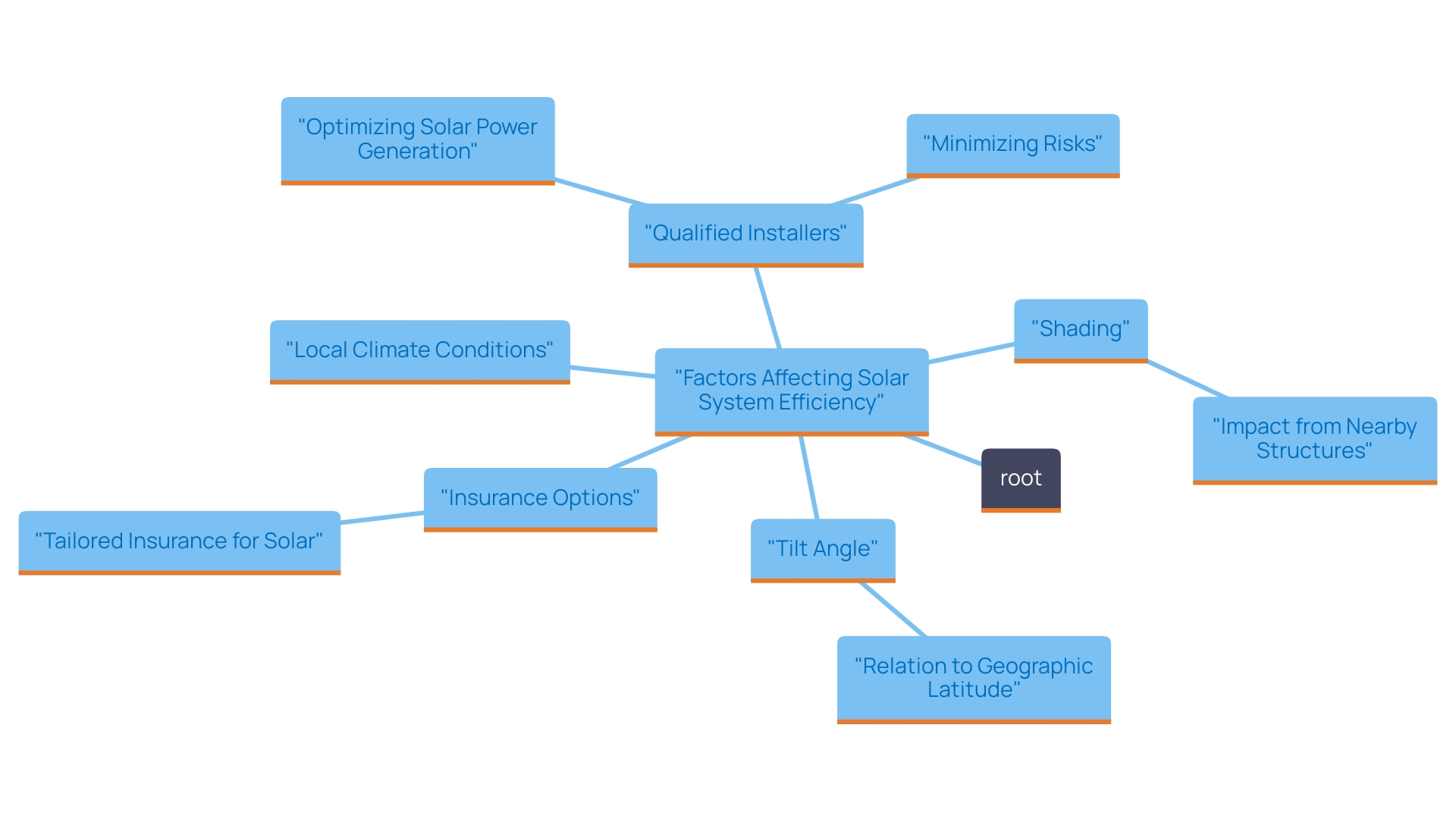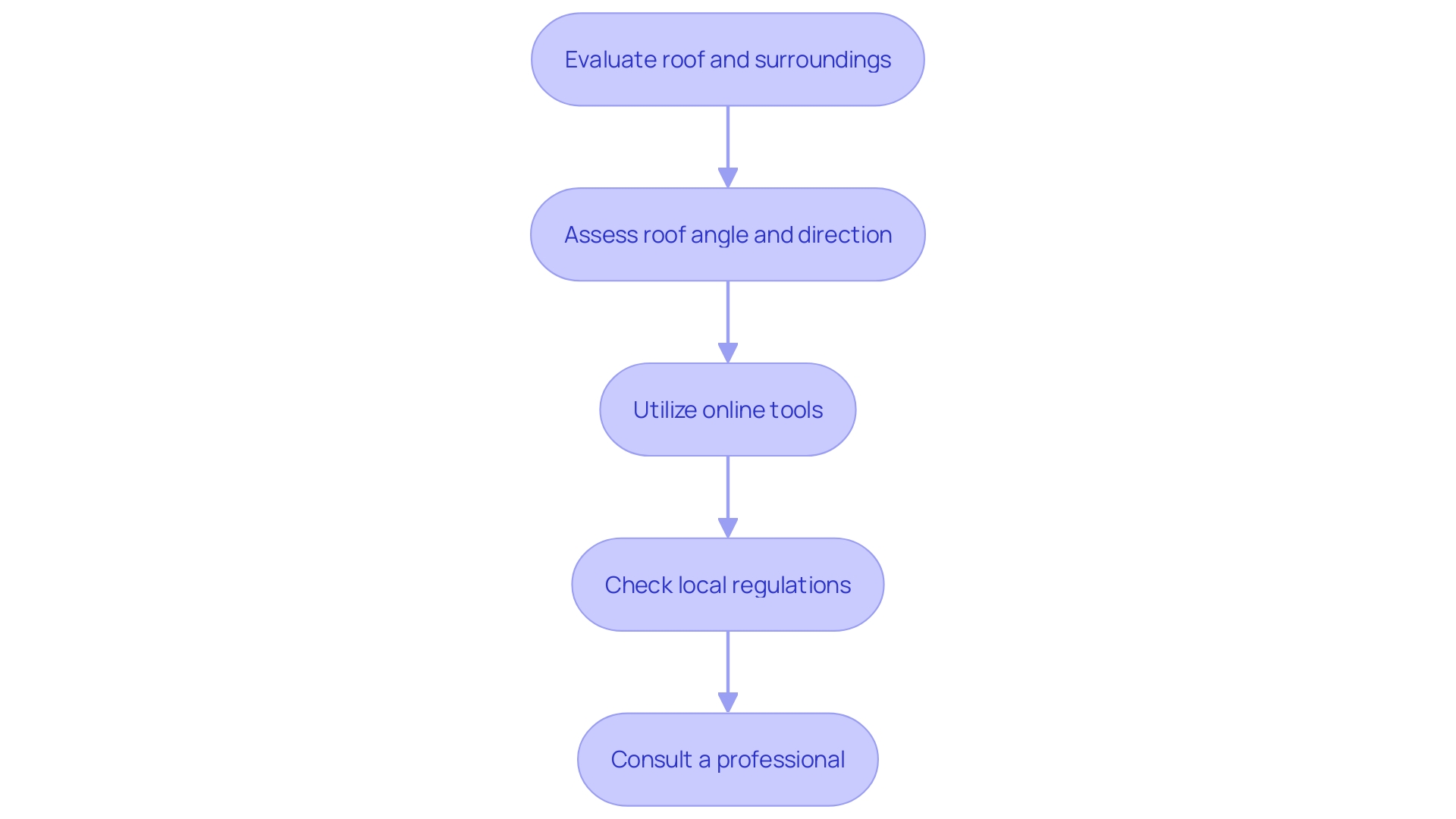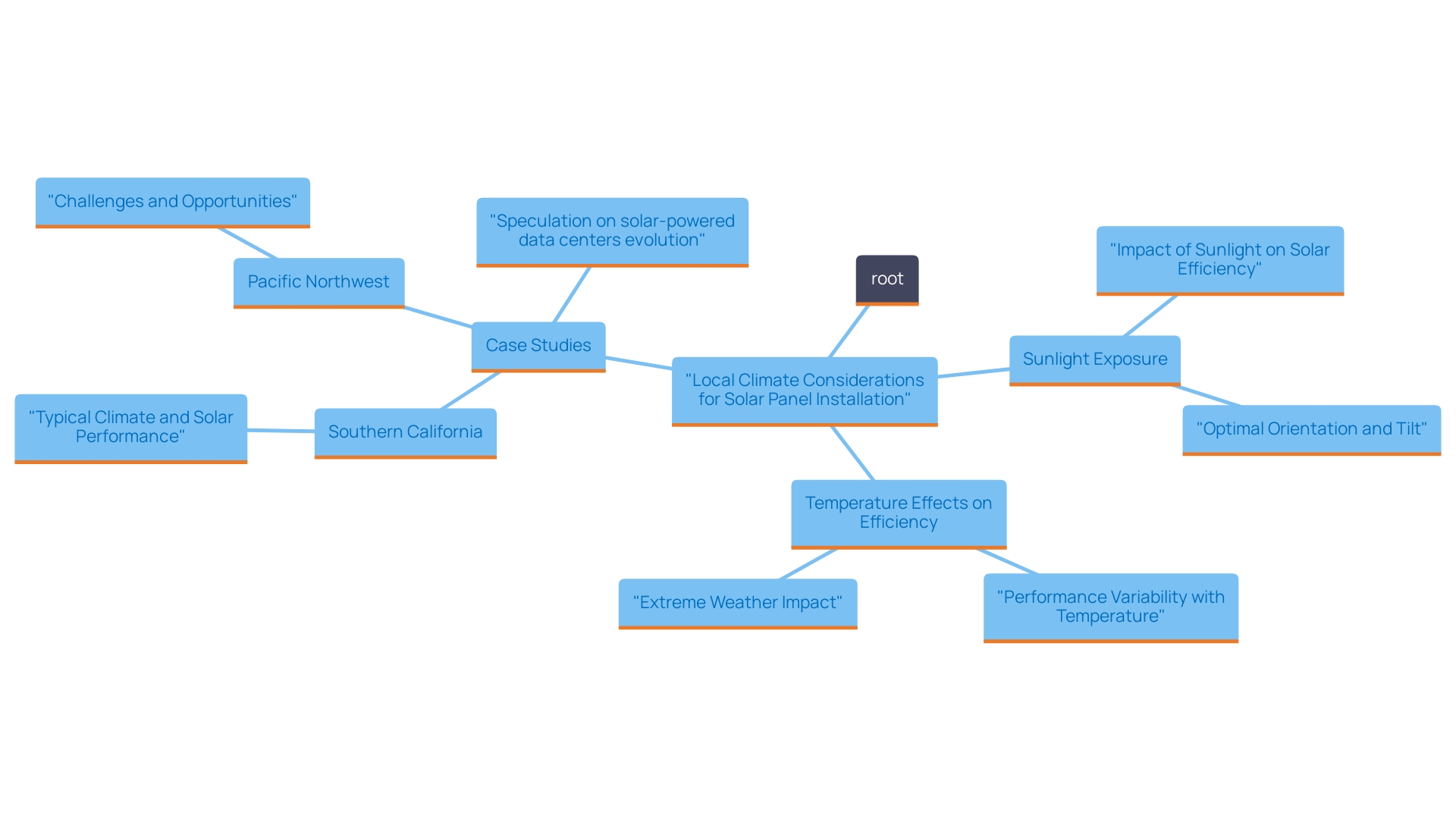Introduction
As homeowners increasingly seek sustainable energy solutions, understanding the nuances of solar panel installation becomes essential. From the ideal orientation to maximize sunlight exposure to the critical role of local climate conditions, each factor plays a significant part in ensuring that solar panels operate at peak efficiency. This article delves into the key considerations for optimizing solar energy systems, including how to conduct a thorough site assessment, the importance of tilt angles, and the impact of shading from nearby structures.
By navigating these elements effectively, homeowners can harness the sun’s power to reduce energy bills and contribute to a greener planet.
Choosing the Optimal Direction for Solar Panel Installation
To maximize the benefits of your solar system, targeting a true south alignment is essential if you reside in the Northern Hemisphere. This direction allows your systems to soak up the maximum amount of sunlight throughout the day, typically improving energy production by up to 30% compared to setups facing east or west. However, if your roof doesn’t cooperate or if you have some pesky trees or buildings casting shadows, solar installations can also perform well facing southeast or southwest. The goal is to capture as much direct sunlight as possible while minimizing shading.
Before you start installing, conducting a shadow analysis is a handy tip. This involves checking for potential obstructions throughout the day and year—like that tall oak in your backyard or your neighbor’s towering garage. By identifying these obstacles, you can position your panels more effectively. Consider measuring the height and distance of nearby objects to analyze their shading impact during different times of the year.
When considering , keep in mind that while the initial cost might seem high, they can significantly reduce your electricity bills by as much as 70%. This figure is based on the average savings reported by individuals who have installed solar battery systems, factoring in reduced reliance on grid power during peak pricing hours. Professional installers can provide an accurate assessment of your roof conditions and electricity needs to determine the quantity and placement of components for optimal performance. Real-world instances, like residences with south-facing surfaces, consistently demonstrate greater power generation, making this orientation a favored option among environmentally aware homeowners. Seeking advice from skilled installers guarantees that you not only receive the correct quantity of units but also that they are oriented in the most effective direction, maximizing your investment in renewable sources.
Understanding Factors Beyond Direction for Solar Energy Efficiency
When it comes to maximizing the efficiency of your solar systems, the direction is just the beginning. One critical factor to consider is the tilt angle. It’s frequently suggested to align the tilt angle with your geographic latitude to achieve the best power production; for instance, if you reside at a latitude of 34 degrees, positioning your panels at a tilt angle near that can enhance performance. Stowing PV modules at a tilt angle greater than or equal to 50 degrees can significantly reduce financial risk exposure, making it a smart decision for homeowners looking to protect their investment. This efficiency translates into substantial , potentially slashing utility costs by hundreds of dollars annually.
However, tilt angle is not the only consideration. Shading from trees, buildings, or other structures can greatly reduce power output. To prevent this, assess possible shading concerns throughout the year to ensure your solar arrays receive maximum sunlight. Additionally, local climate conditions, such as average sunlight hours and weather patterns, play a crucial role. Examining these factors can assist in customizing the energy solution to your specific needs, enhancing energy independence and promoting sustainability.
John Goetz, a Senior Product Manager, emphasizes the importance of finding the right fit for each project, stating, ‘My door is open. I’m passionate about this technology and really enjoy chatting with customers to help them find the best fit for their project.’ This personalized approach can be invaluable.
In some cases, specialized insurance options, like parametric insurance, can offer additional coverage against catastrophic events, such as hail. Incorporating this factor into your planning is crucial, as it offers peace of mind against potential risks related to panel placement and tilt angle. By utilizing photovoltaic panels with thicker glass and examining weather information, property owners can better safeguard their investment. A case study on reducing hail damage highlights how combining these strategies with the right insurance coverage can provide comprehensive protection.
Collaborating with a qualified installer can assist homeowners in addressing these factors and creating a system that optimizes power generation while reducing risks. With the correct method, you can guarantee your energy collectors are ideally positioned and angled to capture the sun’s power effectively, aiding in a healthier planet and decreased greenhouse gas emissions.
Conducting a Site Assessment for Solar Panel Placement
Conducting a Site Assessment for Solar Panels
Conducting a site assessment is the first step towards harnessing the power of solar energy for your home and promoting energy savings through sustainable solutions. Here’s how to get started:
- Evaluate Your Roof and Surroundings: Begin by examining your roof and the surrounding environment. Look for any possible obstructions that could create shadows on your energy collectors, such as trees, chimneys, or nearby structures. These shadows can significantly reduce the efficiency of your systems, potentially cutting energy production by as much as 30%, according to a study by the National Renewable Energy Laboratory.
- Evaluate Roof Angle and Direction: South-facing roofs are generally the most appropriate for energy installations, but east- and west-facing roofs can also function effectively based on your location. The angle or pitch of your roof is crucial, as it affects the amount of sunlight your panels will receive throughout the day. A roof pitch between 15 to 40 degrees is typically optimal for energy efficiency, ensuring that you get the most out of your investment.
- Utilize Online Tools: To get a more precise understanding of your roof’s solar potential, take advantage of online tools and apps designed for , such as PVWatts or Solar-Estimate. These tools utilize your location information to offer detailed insights into how much sunlight your roof receives and how much power you can anticipate generating. Recent developments in these tools have improved accuracy, allowing users to see real-time shading analysis and energy production estimates.
- Check Local Regulations: Don’t forget to consider any local regulations or community association guidelines that might impact your installation. Some areas have specific rules about where and how photovoltaic panels can be installed, so it’s crucial to be informed. In California, for example, the Solar Rights Act safeguards homeowners’ rights to install energy systems, further highlighting the significance of understanding your local context.
- Consult a Professional: For the most accurate and tailored advice, consult with a professional installer. They can offer expert insights and recommendations tailored to your property, ensuring you maximize the benefits of your investment. According to Jennifer Powers, a certified installer, ‘Having a professional assess your site can reveal opportunities and challenges that you may not have considered.’
By meticulously evaluating your location and utilizing available resources, you can make knowledgeable choices that will enhance the effectiveness and advantages of your panel installation, including storage options and enhancements to your home’s security through roofing upgrades. Remember, a well-conducted site assessment is key to a successful energy system.
At Powercore Electric, we are dedicated to assisting you in navigating this process, guaranteeing that you receive customized energy solutions that address your needs while contributing to a sustainable future.
Evaluating Local Climate Conditions
Understanding your is crucial when considering solar panels for your home. Areas basking in high sun exposure generally see greater power production, while regions prone to clouds or rain may experience less efficiency. For example, case studies from Southern California demonstrate that flat-plate collectors perform well in sunny conditions, resulting in significant savings for residents. Conversely, in the Pacific Northwest, evacuated tube systems maintain high efficiency despite frequent cloud cover. This comparative analysis highlights the significance of local climate in optimizing energy performance, guiding homeowners to make informed choices that can greatly influence their energy savings.
Investigating local climate information, including average temperatures and sunlight hours, can assist you in estimating your system’s potential. It’s important to note that extreme heat can actually reduce the panels’ efficiency; studies have shown that while photovoltaic panels thrive in sunny environments, their performance can drop when temperatures exceed 85°F (29°C), with efficiency potentially decreasing by as much as 10% at higher temperatures. This emphasizes the need for homeowners to consider not just the amount of sunlight but also the temperature conditions in their area when planning their energy investments.
By assessing these factors, you can establish practical expectations for your investment in renewable resources and ensure it fulfills your power requirements effectively. Experts concur that grasping local climate conditions is vital for improving the efficiency of solar power systems, making it a crucial aspect of your sustainability journey. This knowledge empowers you to make choices that optimize energy use and contribute positively to your eco-friendly goals.
Conclusion
Maximizing the efficiency of solar panels involves more than just the right orientation; it’s about understanding a range of factors that contribute to energy production. By positioning panels toward true south, homeowners can significantly enhance their energy output. However, assessing tilt angles, potential shading from nearby structures, and local climate conditions are equally vital.
Each of these elements plays a crucial role in ensuring that solar panels operate at their best, ultimately leading to substantial savings on energy bills.
Conducting a thorough site assessment is essential in this process. Evaluating the roof’s angle and direction, utilizing online tools for solar potential analysis, and consulting with professional installers can provide invaluable insights. These steps allow homeowners to tailor their solar energy systems to their specific circumstances, maximizing efficiency while minimizing risks.
Understanding local climate conditions further informs the decision-making process. By considering average sunlight hours, temperature effects, and seasonal changes, homeowners can set realistic expectations for their solar investment. With the right preparations and knowledge, solar energy can be a powerful ally in reducing energy costs and fostering a sustainable lifestyle.
Embracing these practices not only benefits individual households but also contributes to a greener planet for future generations.
